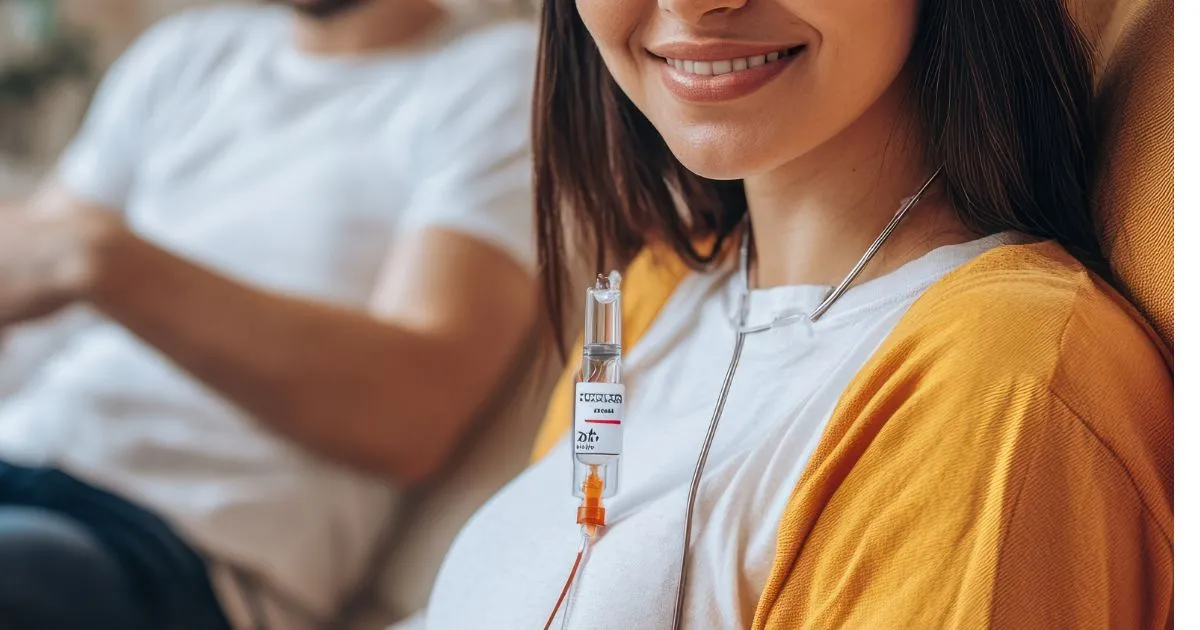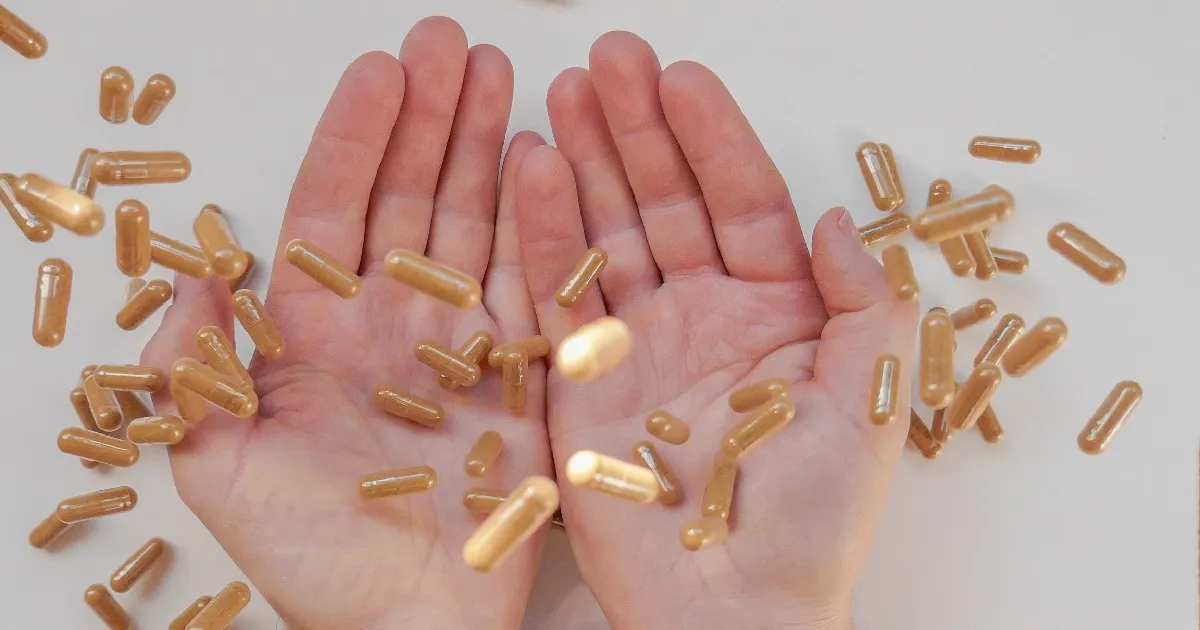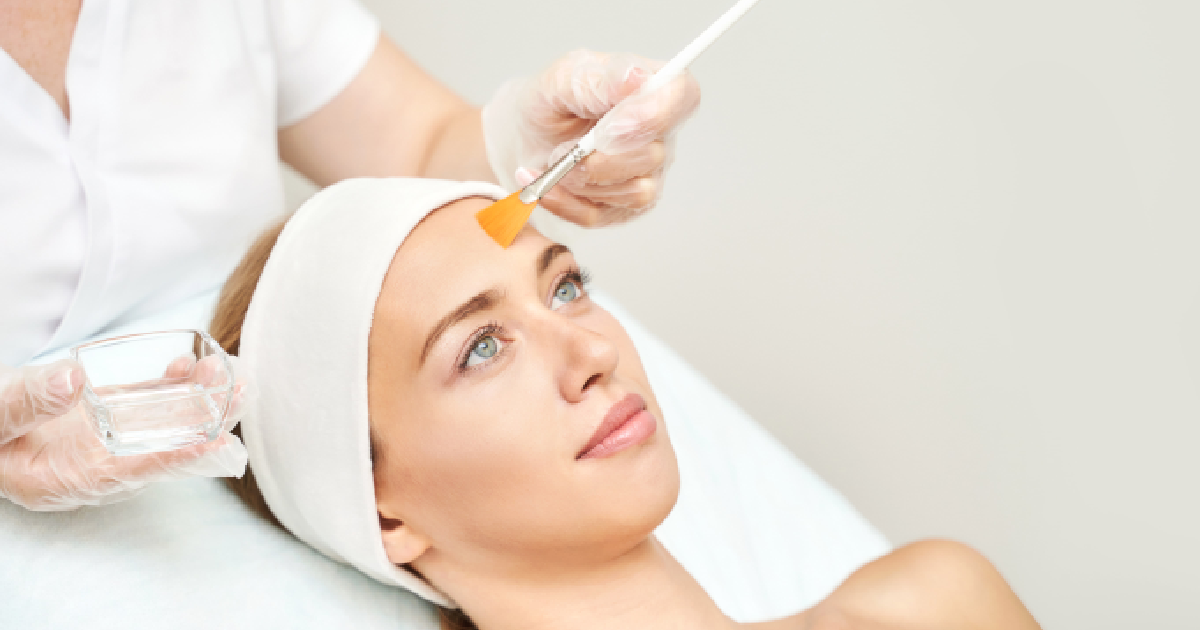Table of Contents
Non-invasive face or body contouring procedures have become increasingly prevalent in recent years as individuals seek safe and effective alternatives to traditional surgical methods. These non-surgical treatments can provide various benefits, such as improving body shape, reducing the appearance of cellulite, and tightening loose skin. While these procedures are generally considered safe and low-risk, proper preparation is essential to ensure optimal results and minimize the risk of complications.
This article will provide a complete manual on preparing for a face or body contouring non-invasive procedure, including pre-procedure instructions, the day of the process, and post-procedure care. By following these guidelines and working with a qualified practitioner, you can achieve the desired outcomes and feel confident in your decision to undergo a non-invasive body contouring procedure.
Pre-Procedure Preparation
Before undergoing a non-invasive body contouring procedure, it’s crucial to mentally and physically prepare yourself. This involves several key steps to confirm that you are a suitable candidate for the design and have realistic expectations for the outcomes.
Consultation
The first step in pre-procedure preparation is to schedule a consultation with a qualified practitioner specializing in non-invasive body contouring procedures. During this consultation, you can discuss your goals, expectations, and concerns with the practitioner, who will evaluate your medical history and examine the areas of your body that you wish to have treated.
Be Honest
Be honest and forthcoming about any medical conditions, medications, or supplements you are taking, as these may impact your eligibility for the procedure or affect the outcomes. The practitioner may also take photos or measurements of the treatment area to track your progress.
Expect Realistic Outcomes
Once you have discussed your goals and expectations with the practitioner, set realistic goals and manage your expectations. Non-invasive body contouring procedures can significantly improve body shape and appearance but are not a substitute for healthy lifestyle habits such as diet and exercise. Setting realistic goals and understanding the procedure’s limitations can help you avoid disappointment and achieve the best possible outcomes.
Be Ready
Preparing mentally and emotionally for the procedure is also essential to pre-procedure preparation. Feeling anxious or nervous about any medical process is normal, but taking steps to manage stress and anxiety can help you feel more relaxed and confident. Practicing relaxation tactics such as deep breathing or visualization, or engaging in activities that bring you joy and relaxation, can help you feel more prepared and in control.
Pre-Procedure Instructions
In addition to pre-procedure preparation, following specific pre-procedure instructions is essential to ensure the best possible outcomes and minimize the risk of complications. These instructions may vary depending on the type of non-invasive body contouring procedure and the practitioner’s recommendations, but some general guidelines are as follows:
- Pre-procedure diet and exercise: Eating a healthy, balanced diet and engaging in regular activity can help prepare your body for the procedure and improve the outcomes. However, avoiding any drastic changes to your diet or exercise routine before the process is essential, as this can interfere with the results.
- Avoid certain medications, supplements, and substances: Some medicines and accessories, such as blood thinners or aspirin, can increase the risk of bleeding or bruising during the procedure. It’s essential to discuss any medications or supplements you are taking with your practitioner, who may recommend stopping or adjusting your dosage before the process. Avoid smoking or using nicotine products, as these can affect circulation and slow healing.
- Hydration and skin preparation: Keeping your skin well-hydrated and moisturized can improve the procedure results and reduce the risk of complications such as skin irritation or bruising. Your practitioner may recommend specific skin care products or hydration techniques before the procedure.
The Day Of The Procedure
The day of the non-invasive body contouring procedure can be exciting and nerve-wracking, but proper preparation can help you feel more confident and relaxed. Here are some essential contemplations to keep in mind:
- Arriving on time and prepared: Arriving at the clinic or practitioner’s office on time and prepared can help reduce stress and ensure the procedure can start on schedule. It would help if you planned to arrive a few minutes early to complete any necessary paperwork or to discuss any last-minute concerns with the practitioner.
- What to wear: Depending on your procedure, you may need to wear loose-fitting clothing or specific garments that can help enhance the outcomes. Your practitioner will guide what to wear or bring to the appointment.
- The procedure room and equipment: Your practitioner will illustrate the approach to you and answer any remaining questions. They may also provide you with goggles or protective eyewear if necessary.
- Post-procedure instructions and expectations: Before the procedure starts, your practitioner will explain what to expect during and after the procedure. They may also provide specific instructions on how to care for the treatment area, manage any discomfort or pain, and schedule follow-up appointments.
Post-Procedure Care
After the non-invasive body contouring procedure, proper post-procedure care is crucial to ensure optimal outcomes and minimize the risk of complications. Here are some critical considerations for post-procedure care:
- Recovery time and restrictions: Depending on the type of procedure, you may need to take time off work or restrict certain activities for a period after the process. Your practitioner will guide what movements to avoid, for how long, and what to expect during recovery.
- Post-procedure diet and exercise: Eating a healthy, balanced diet and engaging in light exercise such as walking or stretching can help promote healing and improve outcomes.
- Managing pain and discomfort: Some discomfort or pain is expected after the procedure, but your practitioner may provide pain medication or other treatments to help manage it. It’s essential to follow their instructions carefully and communicate concerns or questions.
- Follow-up visits and evaluations: Your practitioner will schedule follow-up appointments to observe your progress and ensure that the outcomes are as expected.
Takeaway
If you’re considering a non-invasive body contouring procedure, working with a qualified practitioner who can guide you through the process and provide personalized care is essential. At MMSpatucson, our experienced practitioners specialize in a range of non-invasive body contouring treatments, including Agnes RF, EmSculpt, and more. We prioritize safety and patient satisfaction and work closely with each patient to conceive a customized treatment plan that meets their unique goals and needs. Contact us or use our virtual consultation and take the first step toward achieving your desired body shape and appearance.






